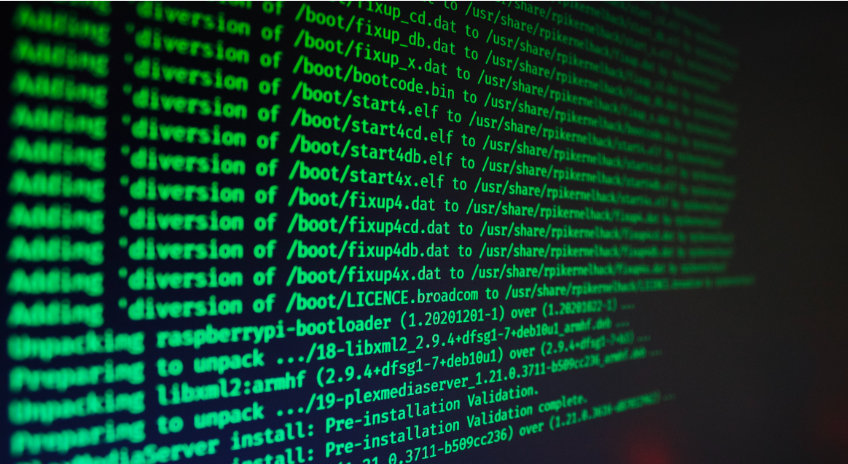
The Dynamics of Recidivism
Questioning the Relationship Between Child Pornography and Child Sexual Abuse
The severity of criminal sanctions targeting the production, possession, and distribution of child pornography, that is, offenses involving child sexual exploitation material (CSEM), is often justified as necessary to prevent future child sexual abuse. This project examined the plausibility of this argument. In a first step, researchers evaluated the current state of research in this area. For the main part of the project, they were authorized to gather information about the sequence and frequency of offending and reoffending from a data set available at the Max Planck Institute. The data, supplied in anonymized form by the German Federal Register (Bundeszentralregister), had previously been used for the project “Criminal Sanctions and Recidivism.” The advantage of this approach compared to other studies is that the project was not limited to a relatively small sample but could include all persons convicted by courts in Germany and track their criminal histories.
Results show that among persons convicted exclusively of CSEM offenses (reference year 2010), only 1.1% were subsequently convicted of child sexual abuse within a six-year follow-up period. This rate was higher, 7.4%, if the initial conviction was for CSEM and sexual abuse offenses concurrently. This allows the conclusion that the mere fact that a person has been convicted of a CSEM-only offense is not an indication that that person poses a significant risk of future child sexual abuse. The data supports the thesis that there are different subgroups among CSEM offenders. Future research should search for factors that would facilitate the identification of the small subgroup of such offenders who might one day turn to sexual abuse of children.
| Research outcome: | scientific article |
|---|---|
| Time frame: | 2021–2023 |
| Project language: | English |
| Project status: | completed |
| Photo: | © Jake Walker/Unsplash |









